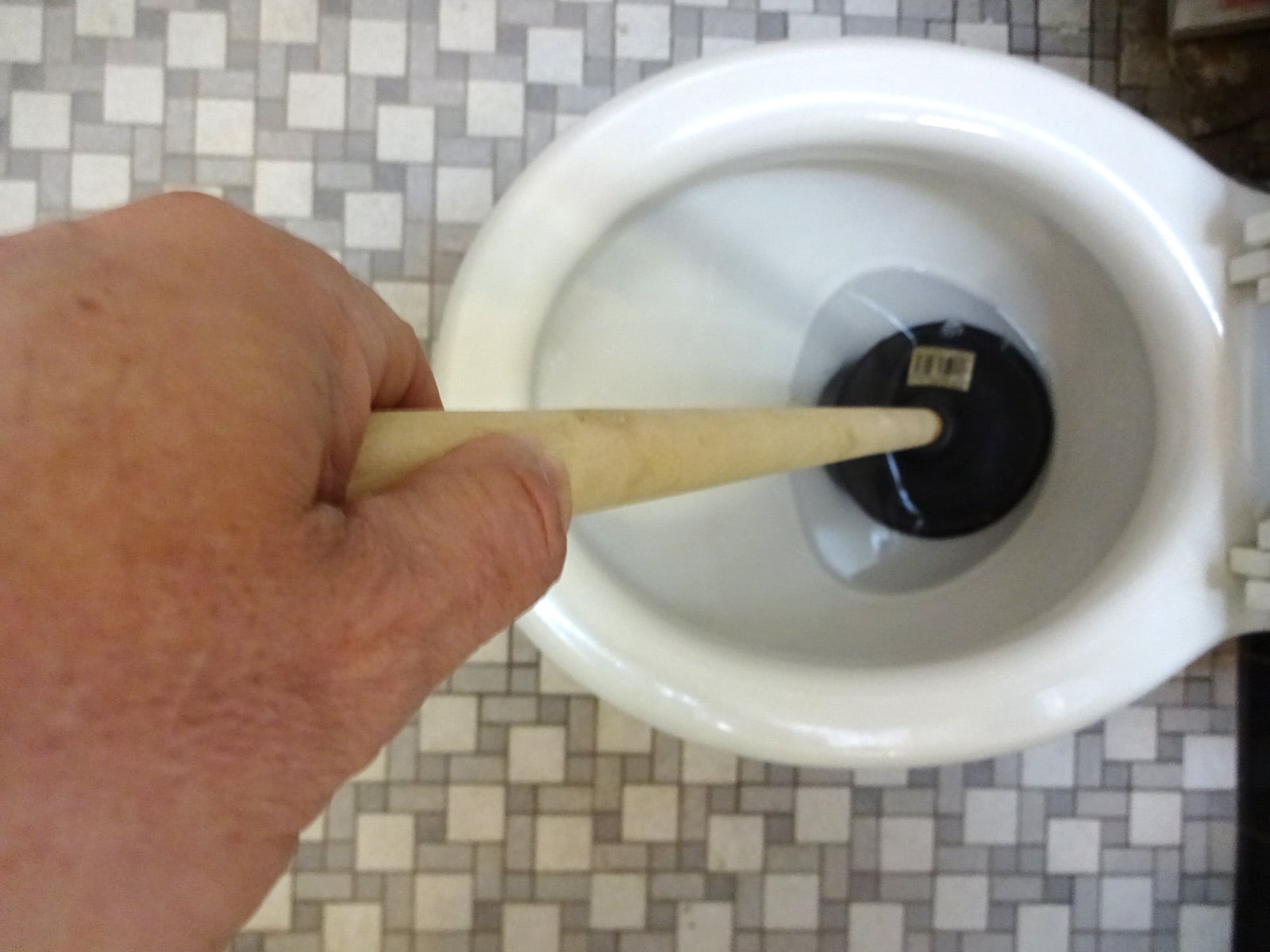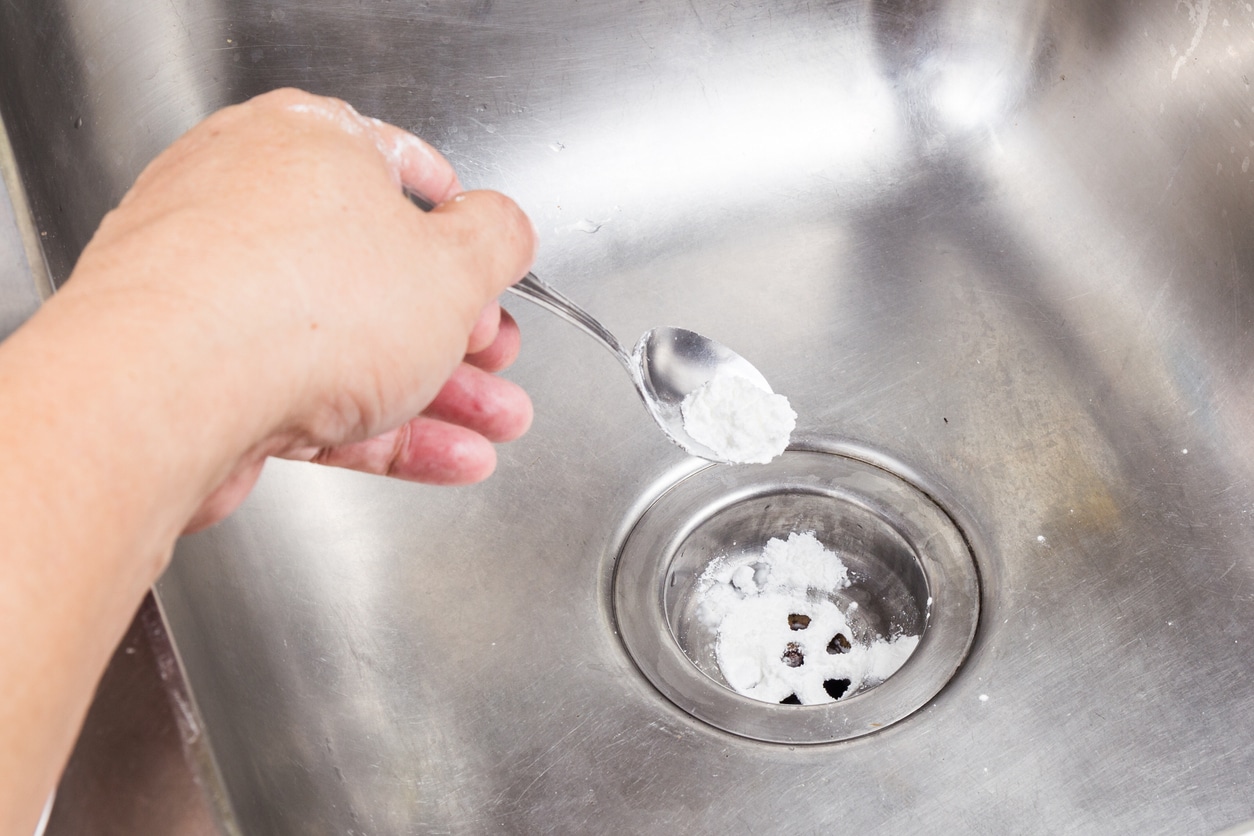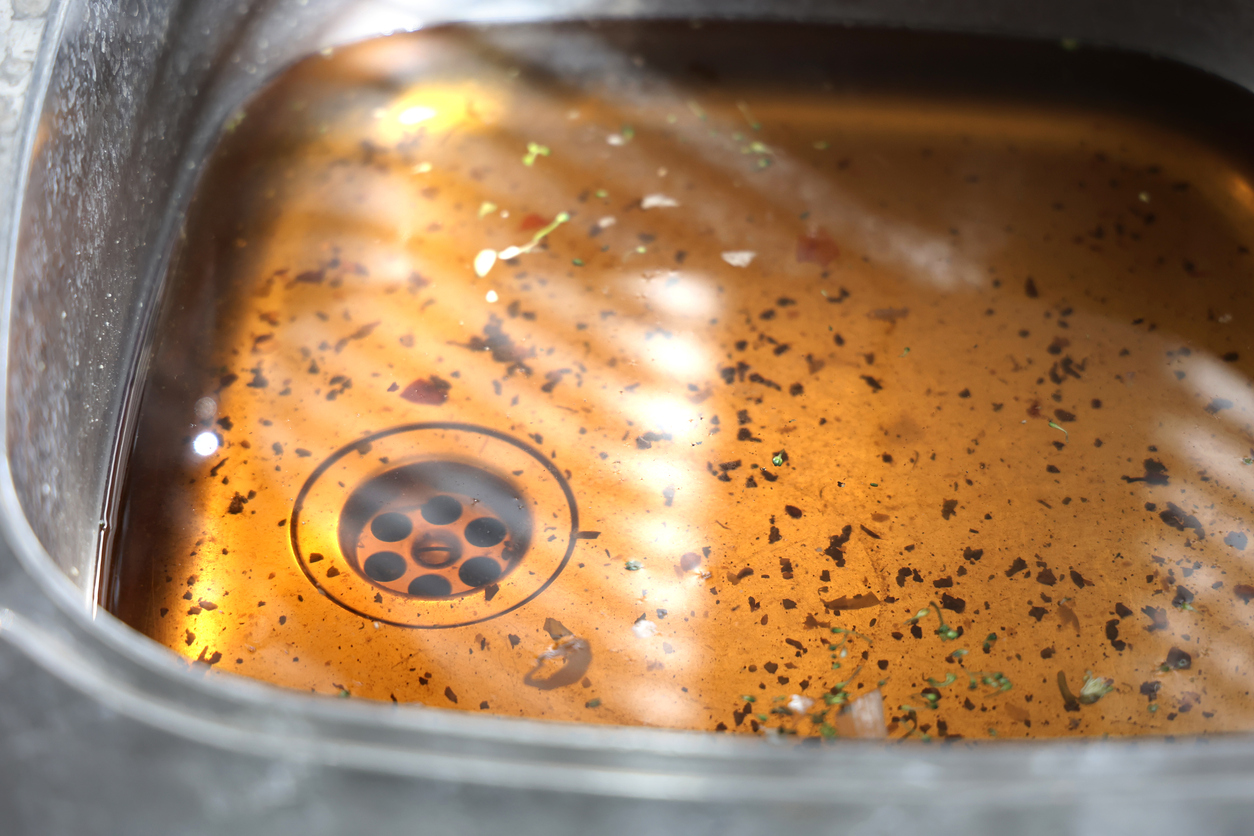A drain plunger is a simple tool that will probably clear 90% or more of sink clogs or toilet clogs. But, as simple as the tool is, there are required steps to learn to know how to use a plunger. You may think you know how to use a plunger properly, but chances are you do not, as an example:
What is the correct level of water to have before using a plunger?
Before using a plunger you need to have enough water to make a seal over the plunger. You might not have enough and a good seal will not be made, and the plunger won’t work. On the other hand, you might have too much water, and once you start plunging you’ll make an unnecessary mess.
The correct answer, and general rule of thumb, is to have your sink or toilet about halfway full. If you need more water add it with a pail. If you have less water let the sink or toilet drain down, or remove some of the water by using a small pail. More useful tips and information follow below.
The 5 Steps on How to Use a Plunger Correctly:
- Prepare the Plunger and Make Sure It Is Clear Of Debris:
- A key point in knowing how to use a plunger is to ensure that the plunger is clean and free from any dirt or debris. Wash it thoroughly with soap and hot water, especially if it has been previously used. A dirty or obstructed plunger might not allow for a proper water seal.
- Examine the rubber cup or flange for any signs of damage or wear. A damaged plunger may also not create a proper seal, reducing its effectiveness.
- If you run hot water over the plunger, it softens the rubber material and is a little-known trick. The hot water makes the rubber plunger more flexible and improves its ability to form a tight seal.
- Create a Proper Water Seal:
- Make sure that you position the plunger directly over the drain opening, and ensure that it covers the entire opening completely. Do not hold the plunger on an angle, place direct pressure to ensure a proper seal.
- For sink plungers (cup plungers), press the rubber cup firmly against the surface around the drain to create a tight seal. If using a toilet plunger (flange plunger), ensure that the flange is inserted into the base of the drain at the bottom of the bowl to form a seal.
- If you haven’t guessed by now, a crucial point in knowing how to use a plunger is to have a proper seal to generate the necessary water pressure for dislodging the clog effectively.
- Apply Repeted and Even Pressure:
- Once the plunger is securely in place, push down firmly on the handle to force the air out of the plunger’s cup or flange.
- After the first initial plunge, pull up quickly to create a suction. This back-and-forth motion helps to dislodge the clog by alternately applying pressure and suction to the blockage.
- Maintain a steady rhythm and apply vigorous pressure while plunging. The force generated helps to both break up the clog and to move it through the drain pipes.
- Check and Listen for Movement in The Drain Line:
- After you have plunged several times (it should only take 2 or 3 plunges), check to see if there is any movement in the water level or signs that the clog is breaking up.
- If you notice or hear the water beginning to drain or hear gurgling sounds indicating movement, continue to plunge until the drain is clear.
- If there is no improvement after multiple attempts, consider trying a different method such as drain snake, or seek professional drain cleaning help.
- Flush with Water:
- Once the clog is cleared, flush the drain with hot water to wash away any remaining debris and ensure that the drain is completely clear.
- Running hot water helps to carry away loosened particles and prevents the clog from reforming.
- Clean off the plunger you have used, and always remember to store your plungers separately from each other. It is also a very good idea to label each plunger as either a toilet plunger or a sink plunger. You would never want a toilet plunger used in a sink.
How To Use A Plunger To Unclog A Toilet vs A Sink
Knowing how to use a plunger to unblock a toilet raises different questions and challenges than knowing how to use a toilet to unclog a sink. There are sanitary questions (which is why you always keep your two plungers stored separately and apart), and other issues as well.
For instance, some folks think you should flush your toilet while you are plunging it, this is most definitely not true and will result in an unsanitary mess. As stated previously, ideally you’d like the bowl about halfway full to make a good water seal over the plunger.
Even if you believe you’ve cleared your toilet clog because the water receded, flush it once or twice. make sure there are no gurgling sounds or slow flushing. If there is, simply repeat the plunging action. Avoiding believing you’ve solved a drain clog too early is another key to knowing how to use a plunger successfully. Of course, if you have a rare case of a plunger not working, it might not be that you do not know how to use a plunger, the drain might need to be snaked, or a professional drain cleaning service.
Block a Sink Overflow or a Sink Plunger Will Not Work
Another difference between using a toilet plunger and a sink is that most sinks have a high water overflow that connects to the sink drain. If you do not block the sink over the pressure you are trying to create to clear the sink clog will be released through the sink overflow. Therefore, if you do not block the sink overflow with a wet rag, for instance, the plunger will not work.
General Plumbing Tips and Information
There are some general plumbing tips and information that will also help you understand how to use a plunger. For instance, did you know that air compresses and water does not? That is why having a water seal is so important.
When you are plunging a toilet or a sink you need the power of water being pushed down your drain. If you are pushing air with the plunger it will simply compress and not push out the clog. This principle is also why a high-pressure water jet is so effective at clearing out drain clogs.
The fact that air compresses and water does not can affect your entire plumbing system. It is why water hammer in your pipes can literally blow them apart, and why water hammer arrestors are present in many plumbing systems.
The 4 Types of Drain Plungers:
There are technically 4 types of plungers, but for all intents and purposes, most homeowners will only use a toilet or a sink plunger. Knowing the difference between a toilet plunger and a sink plunger is important, as they are designed differently and with different purposes in mind.
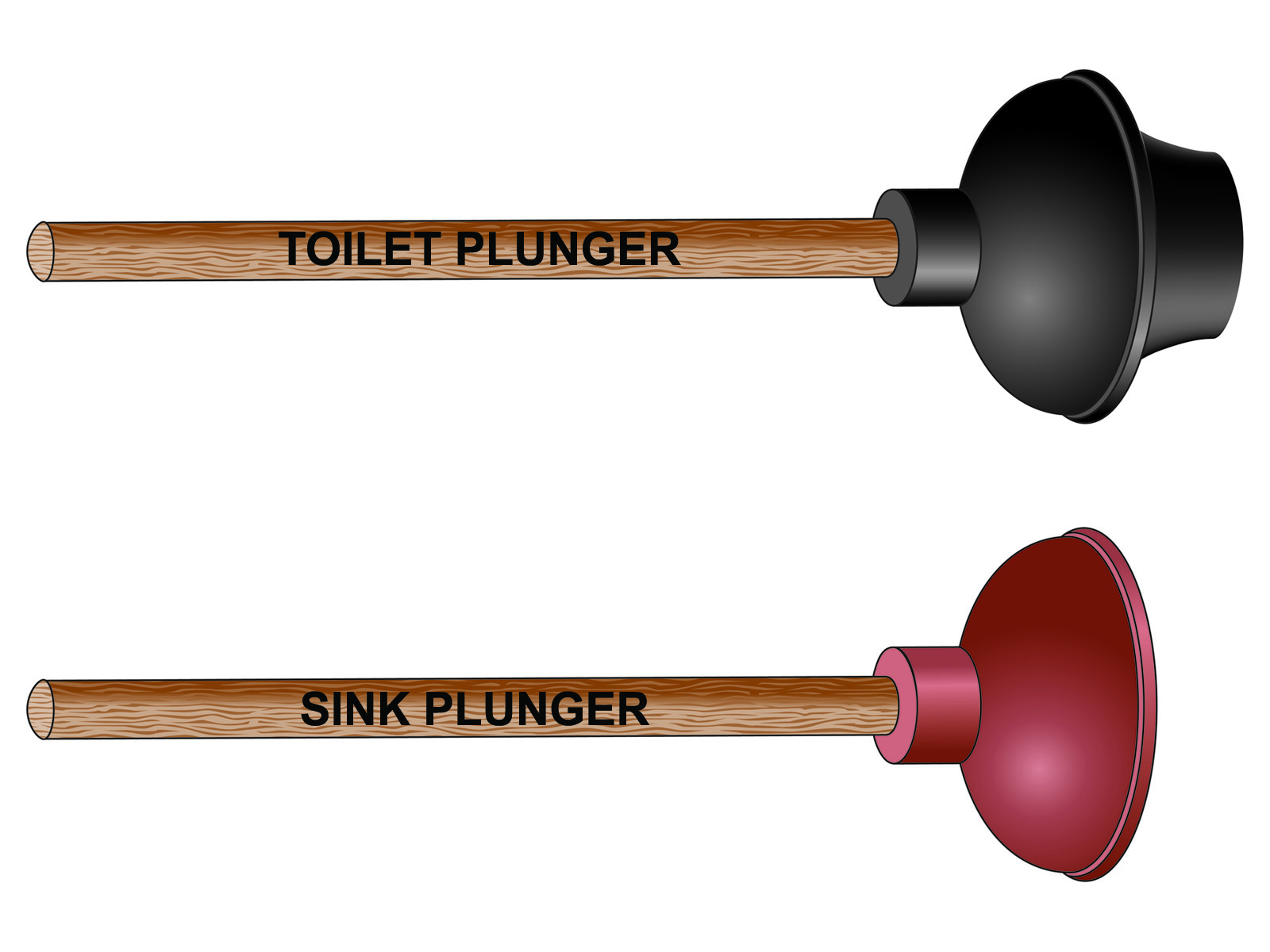
- Cup Plungers:
- A cup plunger is the most common type of drain plunger and it features a rubber cup attached to a handle.
- They are suitable for use on flat plumbing fixture surfaces, such as sinks, bathtubs, and shower drains, where it’s easy to form a seal.
- Flange Plungers (Toilet Plungers):
- Flange plungers, also known as toilet plungers, have an additional flange or collar extending from the bottom of the cup.
- The flange helps create a better seal when plunging curved surfaces, such as toilet drains, because the flange extension fits snugly and securely into the drain opening at the base of the toilet bowl.
- Accordion-Style Plungers:
- These so-called accordion plungers have a bellows-like design that can provide extra force when plunging a clogged drain.
- The accordion-like design of the plunger allows for increased compression, which makes it effective for especially stubborn clogs.
- A Sink Plungers is a form of Cup Plungers:
- A sink plunger is specifically designed for use in relatively narrow drains, such as those found in kitchen or bathroom sinks.
- These types of plungers often feature a smaller cup size and a longer handle. This makes them easier to maneuver in tight spaces and relieves you of having to get so close to the clogged sink.
It’s Important To Choose The Right Type of Drain Plunger
Choosing the right type of plunger for the specific drain and clog you are dealing with can significantly improve effectiveness and make the unclogging process easier. Remember to follow these steps carefully to achieve the best results when using a plunger.
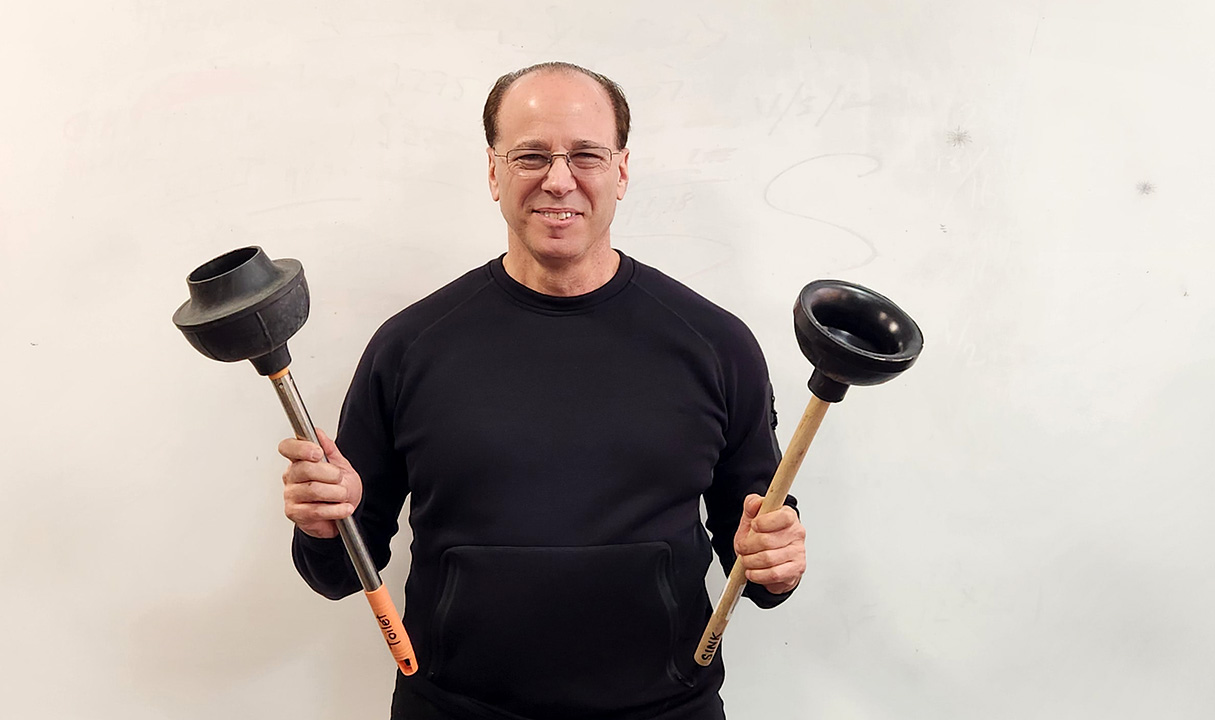
And It’s Important To Use The Right Drain Cleaning Service
In most homeowner’s experience with drain clogs, it’s important to know how to use a plunger, but perhaps more important to know who to trust when major drain, water main, plumbing, or sewer issues arise. If you need service in the NYC area, you deserve professional service and a guaranteed response time. After over 70 years in business and over 90,000 satisfied customers, Balkan is The Team To Trust.

